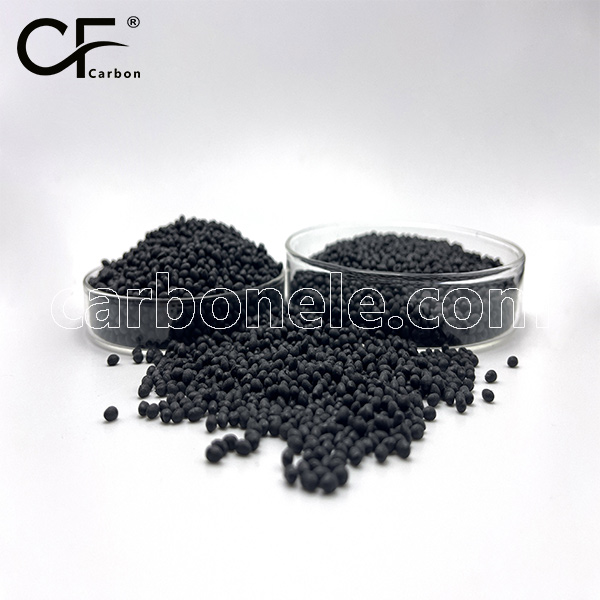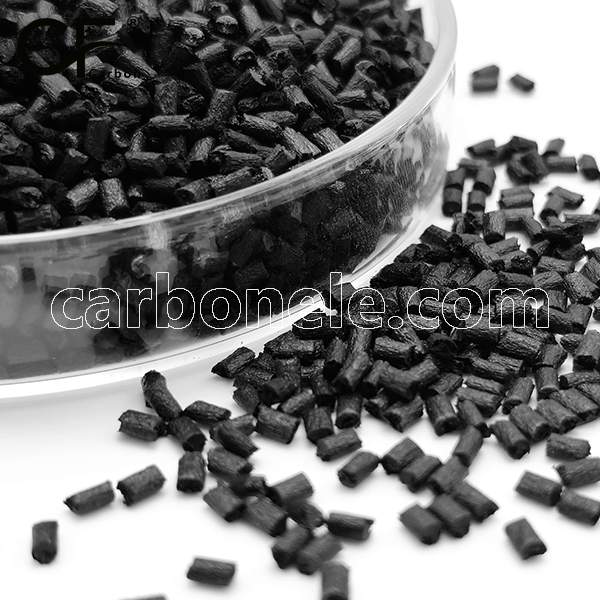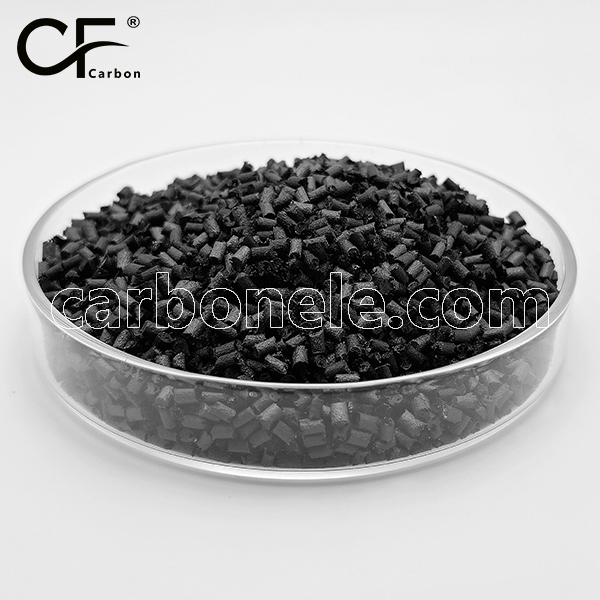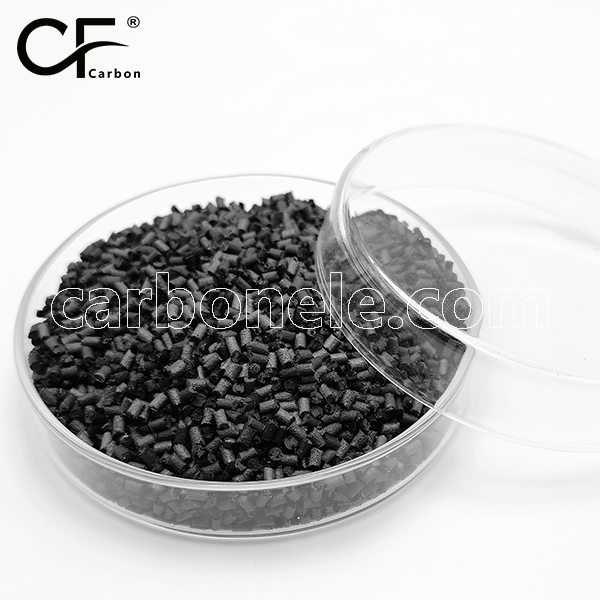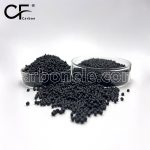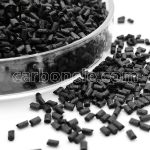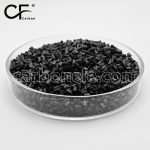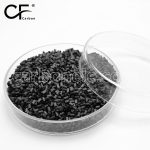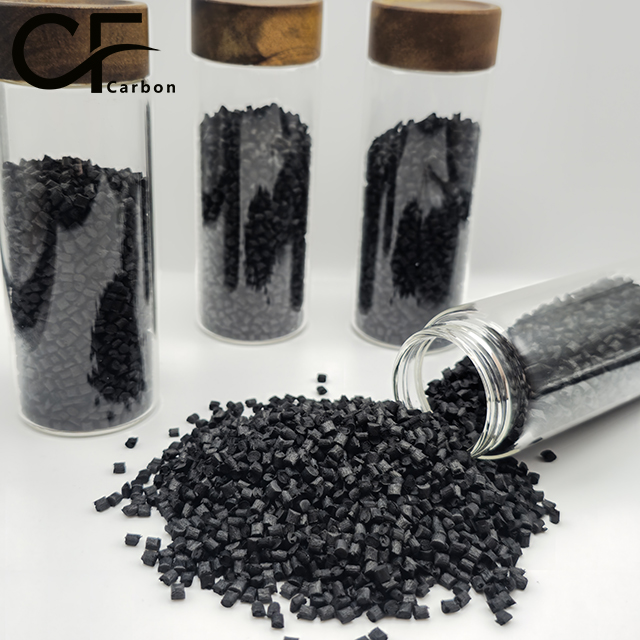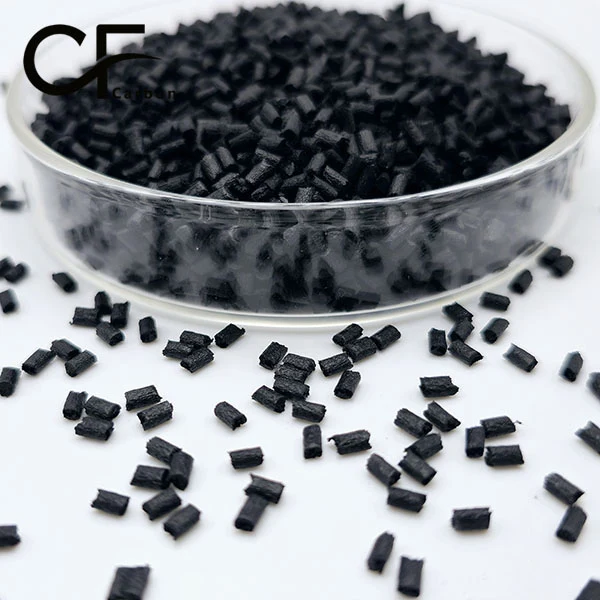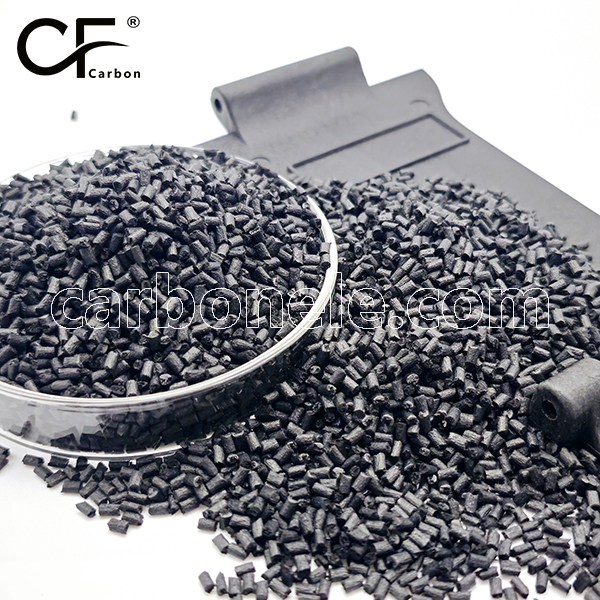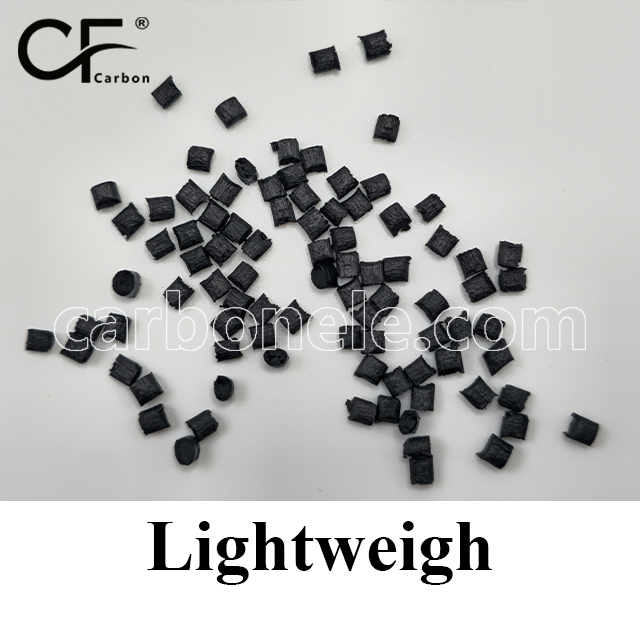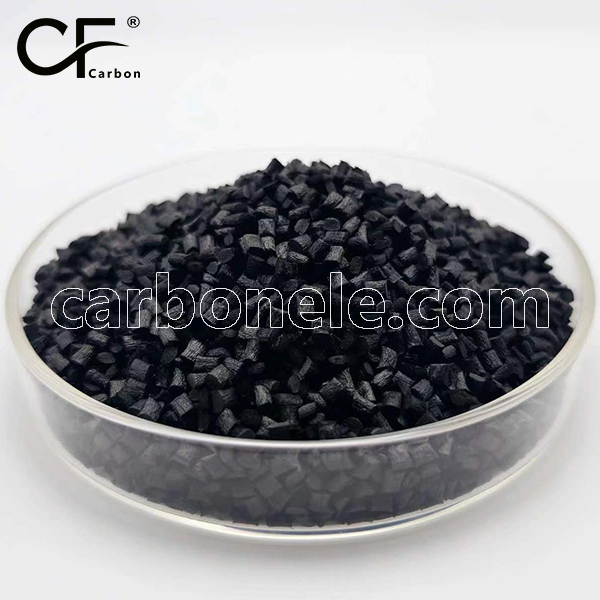
PA6 CF10 Chemical-Resistant Composite
PA6 CF10 is a 10% carbon fiber reinforced nylon composite offering balanced wear resistance with 8-10mg/1000r wear rate and 0.15-0.18 friction coefficient. This engineering-grade material combines the processability of nylon 6 with enhanced mechanical properties (160-180MPa tensile strength, 6-8GPa flexural modulus), making it suitable for medium-load friction components requiring both durability and cost efficiency. Typical applications include industrial bushings, conveyor components, and automotive guide rails.
- Model Number: PA6-CF-BCA1
- Base Polymer: Polyamide 6 (PA6)
- Reinforcement: 10% Carbon Fiber
- Processing Method: Injection/Extrusion Molding
- Packaging Unit: 25kg Moisture-Proof Bags
PA6 CF10 Composite Material Overview
PA6 CF10 is an engineered nylon 6 composite reinforced with 10% carbon fiber, delivering optimal balance between performance and processability. This material enhances the base nylon properties with improved mechanical strength and dimensional stability while maintaining excellent flow characteristics for injection molding. The carbon fiber reinforcement provides uniform mechanical properties in all directions, making it ideal for structural components requiring consistent performance.
Key Performance Characteristics with Data
1.Tensile Strength: 160-180MPa (50% improvement over pure PA6)
2.Flexural Modulus: 6-8GPa for enhanced structural rigidity
3.Heat Resistance: HDT of 180-190°C (1.82MPa load)
4.Wear Performance: 30% lower friction coefficient than standard PA6
5.Electrical Properties: Surface resistivity 10^6-10^8Ω for static dissipation
Application Benefits
1.Automotive: Lightweight structural brackets with 20% weight reduction
2.Industrial: Durable gears and bearings with 2-3x extended service life
3.Consumer: High-strength housings with improved surface finish
4.Electrical: EMI-shielded components with consistent performance
What is the composition of PA6 CF10?
PA6 CF10 is an engineered thermoplastic composite comprising a polyamide 6 (PA6) polymer matrix uniformly reinforced with precisely 10% high-modulus carbon fibers. This advanced material formulation achieves an optimal balance of mechanical properties, featuring a density of 1.3 g/cm³ while delivering exceptional strength-to-weight characteristics for structural applications.
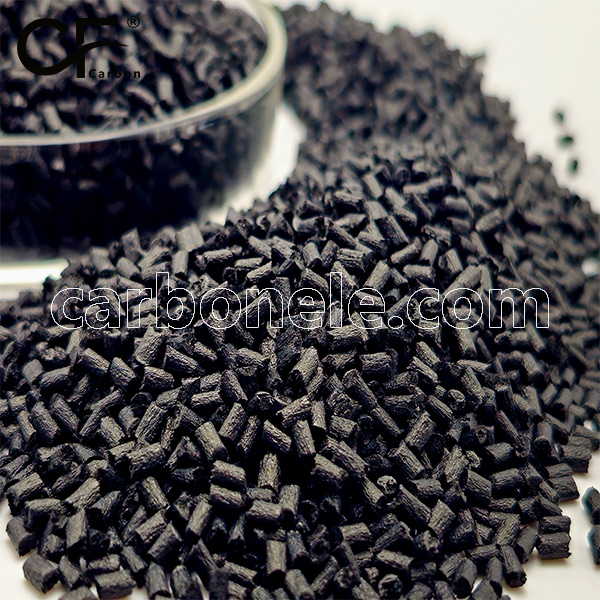


Frequently Asked Questions
Carbon (Xiamen) New Material Co., Ltd. aims to provide buyers with "one-stop" worry-free high-quality services. Here you can find all information about carbon fiber engineering plastics. If you still have questions, please send us an email for consultation!
-
How can I contact the manufacturer of a product that interests me?
When you find a product you are interested in, you can contact the manufacturer directly by sending an email and we will get back to you as soon as possible.
-
How do I find the products that interest me?
All you need to do is enter the keyword, product name in the search window and press the Enter key on your keyboard. Your search results page will then be displayed. You can also search within the product category pages on the home page. Each category is divided into subcategories, allowing you to refine your search and find products that interest you.
-
Where will I find a buying guide?
Please contact our after-sales service directly and we will provide you with a comprehensive operating guide.
-
What are CF Reinforced Thermoplastic Composites?
CF Reinforced Thermoplastic Composites are materials where carbon fibers are incorporated into a thermoplastic matrix. They combine the strength and stiffness of carbon fibers with the processability and recyclability of thermoplastics. For instance, they are used in automotive parts like bumper beams.
-
What are the benefits of CF Reinforced Thermoplastic Composites over traditional composites?
The key benefits include faster production cycles, easier recyclability, and better impact resistance. They also offer design flexibility. An example is in the manufacturing of consumer electronics casings where complex shapes can be achieved more easily.
-
How are CF Reinforced Thermoplastic Composites processed?
Common processing methods include injection molding, extrusion, and compression molding. Injection molding is widely used for mass production. For example, in the production of small components for the medical industry.
-
What industries use CF Reinforced Thermoplastic Composites?
They are utilized in aerospace, automotive, medical, and sports equipment industries. In aerospace, they can be found in interior components. In the medical field, they might be used in prosthetics.
-
How does the carbon fiber content affect the properties of the composites?
Higher carbon fiber content generally leads to increased strength and stiffness but may reduce ductility. A moderate content is often balanced for specific applications. For example, a higher content might be preferred in structural parts of a race car.
-
What are the challenges in using CF Reinforced Thermoplastic Composites?
Challenges include higher material costs, complex processing equipment requirements, and ensuring uniform fiber dispersion. Issues with adhesion between the fibers and the matrix can also arise. An example is in achieving consistent quality in large-scale production.







